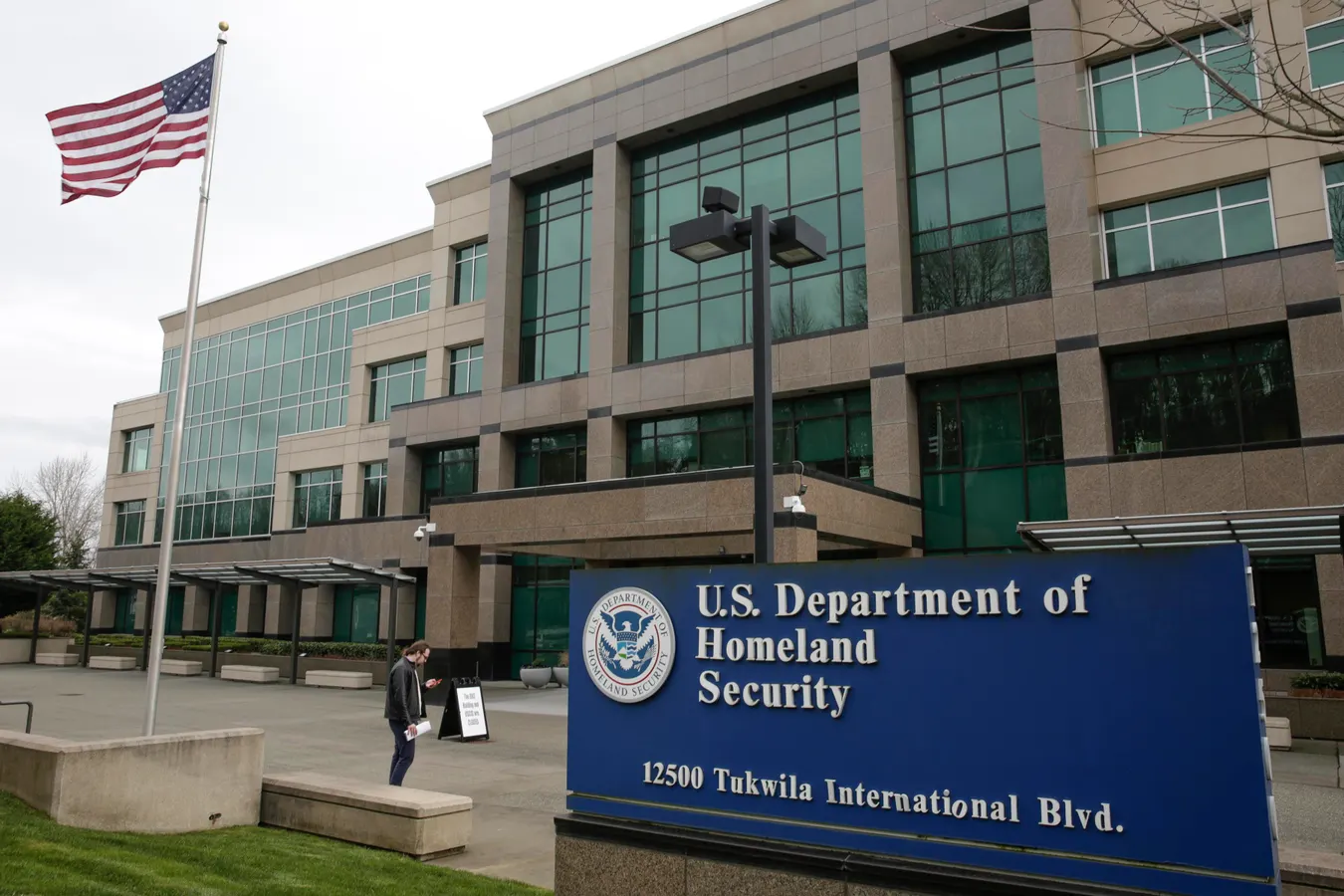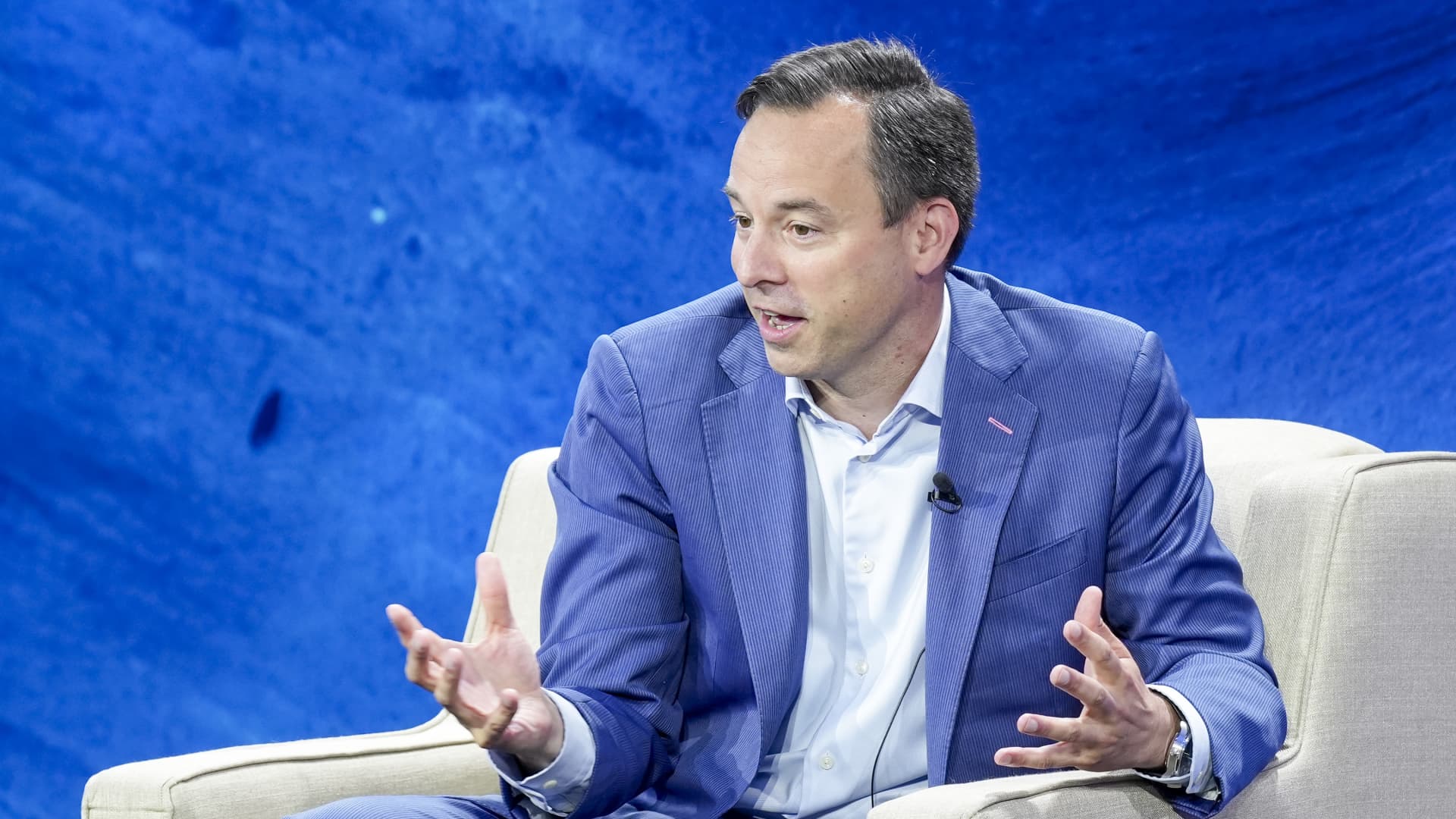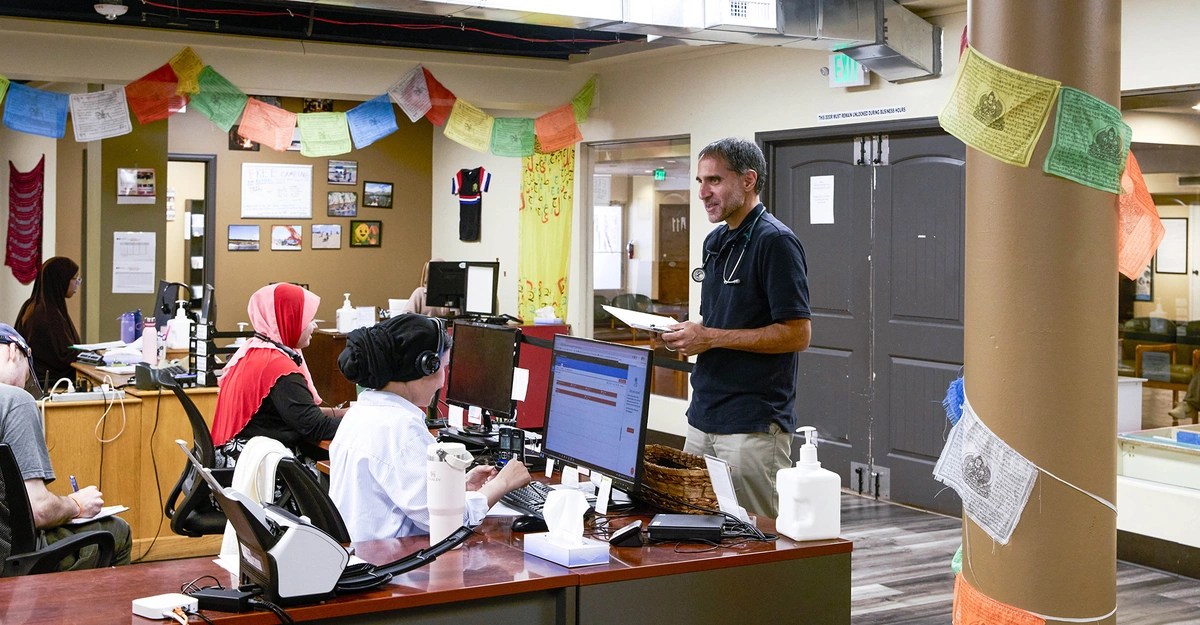Copyright Forbes

An upcoming Trump administration rule is expected to end or restrict Optional Practical Training for international students. The immigration rule, listed on the public regulatory agenda, could appear before the end of the year or in the first half of 2026. It would be the latest measure that critics say is aimed at discouraging international students from coming to the United States and working after graduation. The rule would contradict the sentiments Donald Trump expressed in 2024, when he said on a podcast he wanted all international students to stay and work in America. Optional Practical Training allows international students to work for 12 months in their field of study before or after completing their course requirements. STEM OPT allows students to gain practical experience through working an additional 24 months (beyond OPT) in a science, technology, engineering or math field. For many immigration opponents, ending OPT and STEM OPT is primarily about preventing international students from obtaining H-1B status. The Bush administration favored granting international students an additional 24 months on STEM OPT to improve their chances in the annual H-1B lottery. Approximately 250,000 students work on OPT and STEM OPT each year. An Upcoming Immigration Rule On Optional Practical Training A rule placed on the DHS regulatory agenda would change Optional Practical Training. “The proposed rule will better align practical training to the goals and objectives of the program while providing more clarity to the public,” according to the rule’s abstract. “The proposed rule will amend existing regulations to address fraud and national security concerns, protect U.S. workers from being displaced by foreign nationals, and enhance the Student and Exchange Visitor Program’s capacity to oversee the program.” While Immigration and Customs Enforcement is responsible for issuing the rule, White House Deputy Chief of Staff Stephen Miller is viewed as the driving force behind it. The Trump administration has already proposed measures that educators warn make the United States a less attractive destination for students pursuing academic programs. In August, DHS proposed a rule to restrict international students by replacing the current “duration of status” policy with fixed admission periods, which could make it more difficult for students to complete programs lasting more than four years. In September, Trump administration officials proposed a new immigration rule to change the H-1B selection process to favor senior-level candidates over recent international students. An upcoming rule will likely restrict H-1B visa eligibility for all types of foreign nationals. Immigration Option 1: Eliminate Optional Practical Training Or Make It Infeasible Efren Hernandez, until recently a supervisory policy analyst at USCIS and now the founder of EH3 Immigration Consulting, believes Optional Practical Training is on the chopping block. “If they can find a way to get rid of it, they will,” said Hernandez in an interview. MORE FOR YOU The Trump administration could seek to remove OPT and STEM OPT from current regulations entirely. Such a move would face a strong pushback and legal challenges from the education and business communities. Critics of OPT and STEM OPT argue that the programs can be removed because they are not explicitly authorized in statute. U.S. Citizenship and Immigration Services Director Joseph Edlow made clear during his confirmation hearing that he hopes to end the ability of international students to work on Optional Practical Training or STEM OPT after graduating from U.S. universities. “I think the way in which OPT has been handled over the past four years, with the help of certain decisions coming out of the D.C. Circuit Court, have been a real problem in terms of misapplication of the law,” said Edlow. “What I want to see would be essentially a regulatory and subregulatory program that would allow us to remove the ability for employment authorizations for F-1 students beyond the time that they are in school.” (Emphasis added.) There already exists a lesser-used program, Curricular Practical Training, for international students to work while in school. If Edlow used his position within the administration to remove the ability of F-1 students to obtain employment authorization after completing their coursework, it would, in practical terms, eliminate OPT and STEM OPT. Supporters of OPT and STEM OPT argue that all countries America competes with for talent allow international students to work after graduating from university. Despite Edlow’s disagreement, the U.S. Court of Appeals for the D.C. Circuit, in a 2-1 decision in October 2022, held that the Department of Homeland Security’s authorization of international students to work on OPT and STEM OPT is legally permissible. Stephen Miller, the chief architect of the Trump administration’s immigration policies, has long opposed international students working in the United States. While on the staff of Sen. Jeff Sessions (R-AL), Miller helped draft legislation that would have ended OPT and compelled international students to leave the United States for a decade (for undergraduates and master’s degree recipients) before they could work in H-1B status. Ph.D. recipients would have needed to gain two years of experience outside of America before obtaining an H-1B visa. “Edlow will definitely work with Miller to kill the OPT system,” said Jon Wasden of Wasden Law in an interview. Immigration Option 2: Preserve OPT With New Restrictions If the Trump administration does not end OPT and STEM OPT entirely, another option would be to place new restrictions on the category. Critics contend that because employers do not pay Social Security taxes for students on OPT and STEM OPT, students have an advantage over U.S. workers. Evidence is sparse that employers hire individuals on OPT for jobs lasting only 12 months to save on Social Security taxes. Still, even supporters of Optional Practical Training would like to remove the issue from the public debate. The Dignity Act, sponsored by Rep. Maria Elvira Salazar (R-FL), would subject wages received by students on Optional Practical Training to Social Security taxes. It appears unlikely that the Trump administration could require employers to pay Social Security taxes for individuals on OPT via regulation. Another route the Trump administration may take is to introduce new legal, salary or administrative burdens on employers of students on OPT and STEM OPT. “One of the real selling points of OPT, regular OPT, is that employers can hire an employee easily,” said Dan Berger of Green & Spiegel in an interview. “They show up with a work card, and they can work. It’s low bureaucracy.” He points out that OPT can be for as little as 20 hours a week working as a volunteer. “It’s really about the training. It’s helping people get practical training in their field, not necessarily about the work.” In contrast to OPT, STEM OPT requires a training plan, a market wage, E-Verify and potentially site visits. Analysts also remain concerned that administration officials could use the end of “duration of status” to make it difficult for students to transition to Optional Practical Training. The proposed rule would allow students to remain in the United States only for fixed terms, such as for four years, and would require extensions to stay longer. If students complete their studies at the end of fixed terms, analysts wonder whether DHS would decline extension requests to remain in the United States to pursue Optional Practical Training. Berger does not think the “duration of status” rule, as written, allows for wholesale denials of OPT. However, he could envision DHS instituting “extreme vetting” and denying many applications. Expected Negative Economic And Immigration Impact Economists view ending OPT and STEM OPT as harmful and counterproductive for U.S. innovation. “The clearest evidence is that foreign graduates of U.S. universities cause major increases in innovation,” according to research by George Mason University economics professor Michael Clemens. “Immigration policy that broadly seeks ways to entice foreign graduates of U.S. universities to remain in the United States, the overwhelming mass of evidence suggests, would serve the national interest. Terminating OPT would do the opposite.” Research for the National Academies of Sciences, Engineering and Medicine by Clemens, Amy Nice and Jeremy Neufeld found that ending OPT would harm U.S. productivity, cause economic growth to decline and cost the U.S. economy domestic output equal to that of an entire state, such as Utah or South Carolina. Madeline Zavodny, an economics professor at the University of North Florida, examined nearly a decade of data on Optional Practical Training and concluded, “The results indicate that the OPT program does not reduce job opportunities for American workers in STEM fields.” The National Foundation for American Policy study found, “A larger number of foreign students approved for OPT, relative to the number of U.S. workers, is associated with a lower unemployment rate among those U.S. workers.”



